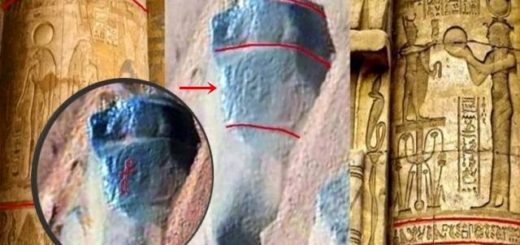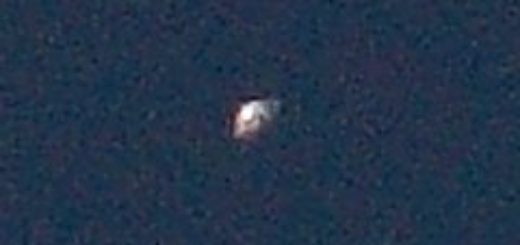DeeDee – Giant Object Discovered Lurking At The Edge Of Our Solar System
– Astronomers have discovered a giant object lurking at the edge of our solar system. Its name is DeeDee and it’s a very cold and distant world .
No, it’s not Planet 9. Nevertheless, it’s a still a very interesting discovery because the object may hold clues to the formation of planets in our solar system and help us find the elusive Planet 9
DeeDee, the planetary body 2014 UZ224 is enormous. It’s about two-thirds the size of Ceres, the largest member of our asteroid belt.
At about three times the current distance of Pluto from the Sun, DeeDee is the second most distant known trans-Neptunian object (TNO) with a confirmed orbit.
DeeDee is located 92 astronomical units from the Sun. That’s about 137 billion kilometers or 86 billion miles. Being so very far away, it takes light from the Sun around 13 hours to reach DeeDee.

At this incredible distance, it also takes DeeDee more than 1,100 years to complete one orbit.
It has not yet been officially confirmed, but DeeDee has enough mass to be spherical, so it qualifies as a dwarf planet.
This intriguing far-flung member of our solar system was discovered by astronomers using the Atacama Large Millimeter/submillimeter Array (ALMA).
DeeDee was first noticed in late 2016, but at the time scientists had little information about the object. ALMA provided astronomers with additional data about the object’s structure and it turned out that this curious celestial body was much larger than previously predicted.
Since ALMA observes the cold, dark universe, it is able to detect the heat in the form of millimeter-wavelength light, emitted naturally by cold objects in space. The heat signature from a distant solar system object would be directly proportional to its size.
“We calculated that this object would be incredibly cold, only about 30 degrees Kelvin, just a little above absolute zero,” said David Gerdes, a scientist with the University of Michigan and lead author on a paper appearing in the Astrophysical Journal Letters.
It was named DeeDee which is short for Distant Dwarf.
Objects like DeeDee are cosmic leftovers from the formation of the solar system. Their orbits and physical properties reveal important information about the formation about our solar system, including Earth.
This discovery is also exciting because it shows that it’s possible to detect very distant, slowly moving objects in our own solar system. Researchers point out that these same techniques could be used to detect the hypothesized “Planet Nine” that may reside far beyond DeeDee and Eris.
Discovering objects so far away in our solar system is not easy. DeeDee reflected only about 13 % percent of the sunlight that reached it, making it about as bright as a candle at the halfway mark between Earth and the Moon, but using ALMA astronomers detected this dark, cold and distant world easy.
There are still many undiscovered objects in our in our own cosmic backyard. DeeDee showed us we can find them. It’s just a matter of time before they’re discovered and perhaps there is now more reason to be optimistic and say that Planet 9 cannot hide much longer.



 Creators of mankind
Creators of mankind Description of “Tall white aliens”
Description of “Tall white aliens” Where they came from?
Where they came from? About hostile civilizations
About hostile civilizations The war for the Earth
The war for the Earth “Tall white aliens” about eternal life
“Tall white aliens” about eternal life Video: “Nordic aliens”
Video: “Nordic aliens” Aliens
Aliens Alien encounters
Alien encounters The aliens base
The aliens base UFO
UFO Technology UFO
Technology UFO Underground civilization
Underground civilization Ancient alien artifacts
Ancient alien artifacts Military and UFO
Military and UFO Mysteries and hypotheses
Mysteries and hypotheses Scientific facts
Scientific facts


















